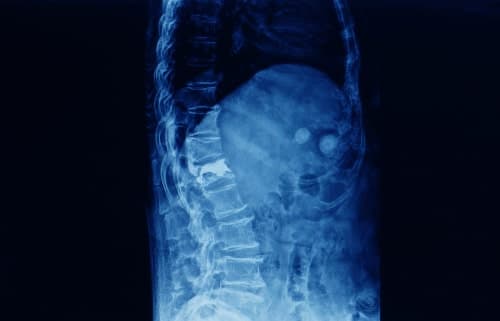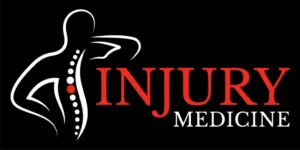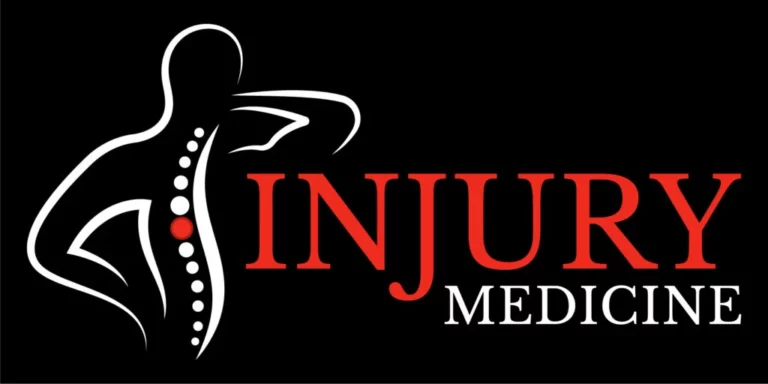Chronic pain or severe musculoskeletal injuries may require surgery as the only viable solution, particularly after attempting other non-invasive treatments. Traditional surgery is associated with large incisions, surrounding tissue trauma, long recovery periods, and the risk of serious complications.
Fortunately, recent medical technology advancements and surgical techniques have allowed for safer and less invasive procedures. Minimally invasive procedures have become more widespread, including in orthopedic surgery in Easley.
At Injury Medicine in Easley, our team consists of highly trained and board-certified orthopedic surgeons in Easley, SC. We use the most effective and safe surgical techniques to ensure our patients’ well-being. Contact our Easley office today at 864-866-PAIN to schedule an evaluation and explore whether minimally invasive procedures in Easley could be the right choice for you.
What Is a Minimally Invasive Procedure?
Minimally invasive surgery is a modern surgical technique that uses specialized medical instruments and advanced surgical procedures to minimize the size and number of incisions required during an operation. In traditional open surgeries, large incisions are made through the skin and muscles, causing significant trauma to the body. On the other hand, minimally invasive procedures only require small incisions, resulting in less pain and a shorter recovery period.
At Injury Medicine, we offer a range of minimally invasive procedures, including pain relief injections that can provide fast and effective relief from chronic pain. Most of these procedures take only a few minutes to complete, and patients can often resume their normal activities on the same day. If you’re interested in learning more about minimally invasive procedures in Easley, don’t hesitate to call our experienced team at 864-866-PAIN.
What Are the Benefits of a Minimally Invasive Procedure?
Compared to traditional open surgeries, minimally invasive surgical approaches offer a range of benefits to patients. These include smaller incisions that result in less scarring and trauma to the body. Patients typically experience less pain and faster recovery times, and most procedures can be performed on an outpatient basis.
Because wounds are small and heal quickly, there is a reduced risk of infection. In addition, patients undergoing minimally invasive procedures tend to experience fewer complications due to less bleeding and swelling, and less reliance on heavy pain medications and anesthesia.
Are There Risks With a Minimally Invasive Procedure, and if So, What Are They?
While considered much safer than traditional surgery, minimally invasive surgery carries some degree of risk as with any medical procedure. Here are some of the issues that can arise from minimally invasive procedures in Easley:
- Complications with anesthesia
- Bleeding
- Infections
What Are the Different Types of Minimally Invasive Procedures in Easley that Are Performed at Injury Medicine?
At Injury Medicine in Easley, we provide various minimally invasive procedures to treat a range of injuries and conditions. Our available procedures include:
- Brachial Plexus Block Injection: A quick, minimally invasive injection to provide pain relief in the shoulders, arms, or hands, administered with local anesthesia.
- Caudal Steroid Injection: Used to treat chronic limb and back pain by injecting a combination of anesthesia and steroids to the affected area.
- Celiac Plexus Block: An injection treatment used to relieve chronic abdominal pain.
- Chiropractic: A treatment method for chronic back and neck pain using various techniques.
- Discography: A diagnostic procedure to identify the root cause of lower back, hip, or groin pain, used to determine if minimally invasive procedures or interventional pain therapies are necessary.
- Epidural Steroid Injection: Commonly used to treat inflammatory symptoms related to back, neck, leg, and arm pain.
- Facet Blocks: A minimally invasive injection of medication and local anesthetic to numb a facet joint and provide pain relief.
- Facet Joint Injection: Administered to relieve neck or back pain caused by inflammation of the spinal facet joints.
- Injections for Back Pain: Used to treat inflammation and nerve damage in the back, providing short-term and long-term pain relief.
- Joint Injections: Meant to relieve pain in major joints such as the hips, shoulders, and knees by reducing inflammation.
- Kyphoplasty: A minimally invasive spinal procedure to relieve pain caused by a compression fracture and restore damaged vertebrae.
- Medial Branch Block: An injection used to relieve pain caused by facet joint syndrome or other conditions affecting the facet joints.
- Medication Management: A pain management and injury recovery plan based on the patient’s medical needs and medication experiences.
- Nerve Blocks: Used to diagnose and treat the source of pain, tingling, or burning in the arms, hands, feet, and legs.
- Occipital Nerve Block: A minimally invasive procedure used to provide relief from pain caused by the occipital nerves located at the back of the head above the neck.
- Pain Management: Involves identifying the source of pain and developing a treatment plan.
- Peripheral Nerve Block: Used to diagnose and treat neuropathy, headaches, pelvic pain, and other ailments.
- Radiofrequency Ablation: A treatment that uses radio waves to disrupt pain signals and provide pain relief.
- Sacroiliac Joint Steroid Injection: Used to diagnose pain triggers and location and provide pain relief, commonly used to identify the sacroiliac joint causing the pain.
- Sciatic Nerve Block: Used to provide relief from pain arising from the sciatic nerve through the injection of a steroid and local anesthetic.
- Sphenopalatine Ganglion Block: A minimally invasive procedure aimed at alleviating headaches and facial pain arising from damaged sphenopalatine ganglion nerves.
- Spinal Cord Stimulators: A device inserted under the skin to provide pain relief by transmitting electrical pulses to disrupt pain signals in the spinal cord or nerves.
- Stellate Ganglion Block: A minimally invasive injection procedure used to treat nerve-related pain and issues.
- Sympathetic Nerve Blocks: A group of injections used to treat lower back and leg pain caused by various conditions.
- Transforaminal Epidural Steroid Injection: A minimally invasive procedure used to alleviate pain and inflammation by injecting a combination of local anesthesia and steroids to the affected area in the spine.
- Trigger Point Injection: A minimally invasive injection procedure used to provide relief from pain and inflammation by administering a local anesthetic, sometimes combined with a corticosteroid, to a specific trigger point.
Vertebroplasty Also known as vertebral augmentation, vertebroplasty is a minimally invasive surgical procedure meant for patients suffering from painful spinal compression fractures.
Get the Medical Help You Need with Minimally Invasive Procedures in Easley Today!
If you are suffering from chronic pain or musculoskeletal injuries, Injury Medicine is here to help. Our skilled and experienced surgeons are well-versed in performing minimally invasive procedures in Easley, ensuring the safest and most effective surgical techniques for optimal results. Don’t let pain and discomfort interfere with your daily life any longer. Reach out to us today at 864-866-PAIN to schedule an appointment with one of our doctors.




